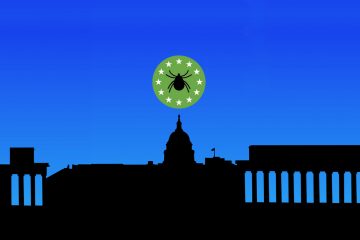I n 2016, I had a flu-like illness with a sudden onset of neck and back pain. I suspected Lyme disease, so my physician ordered the two-tiered test. It was negative.

Thus began a two-year quest to find the cause of my unrelenting neck pain and a growing list of other symptoms. By 2018, I could barely function.
Fortunately, I found an excellent Lyme-literate practitioner, who diagnosed me with Lyme and babesiosis. Over the next two years, with antibiotics, herbal supplements, and other treatments, my health improved greatly. But I continued to relapse.
Recently, my practitioner suggested disulfiram. It’s an old drug that has recently been repurposed to treat Lyme disease. I needed to know more about it before committing. So, I started reading up on it.
I discovered that in 2016, Stanford researchers screened a lot of drugs currently approved for other uses, to see if any were effective against Borrelia burgdorferi (Bb), the bacteria that causes Lyme disease.
Disulfiram emerged as a highly active compound against Bb grown in lab culture plates. This suggested the drug might effectively treat Lyme in humans.
In 2019, Dr. Kenneth Liegner published a paper reporting on patients with Lyme and babesiosis who were successfully treated with disulfiram. Since then, an increasing number of practitioners have prescribed it for this purpose.
I also learned that disulfiram can cause toxic side effects. I joined several Facebook groups for Lyme patients using disulfiram. I scoured their posts to learn from their experiences—both positive and negative. What I learned there helped me decide to take the plunge and try disulfiram for myself.
“Although the course of disulfiram treatment was difficult, it was life-changing”
…..Join or login below to continue reading.




























